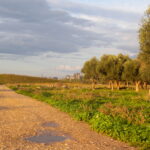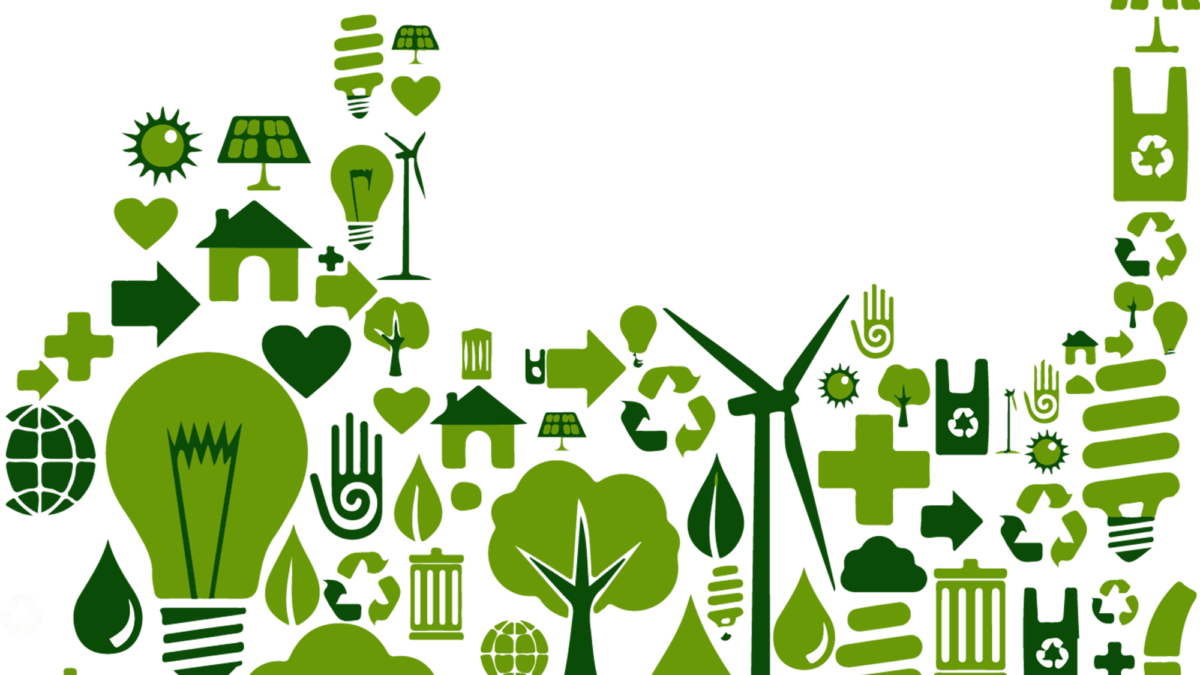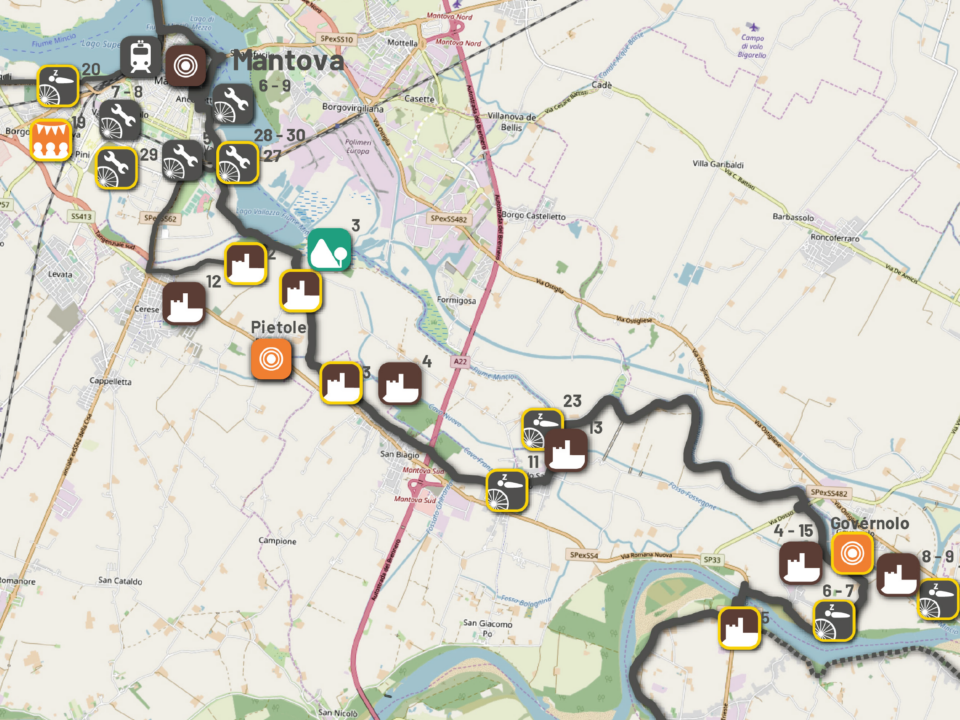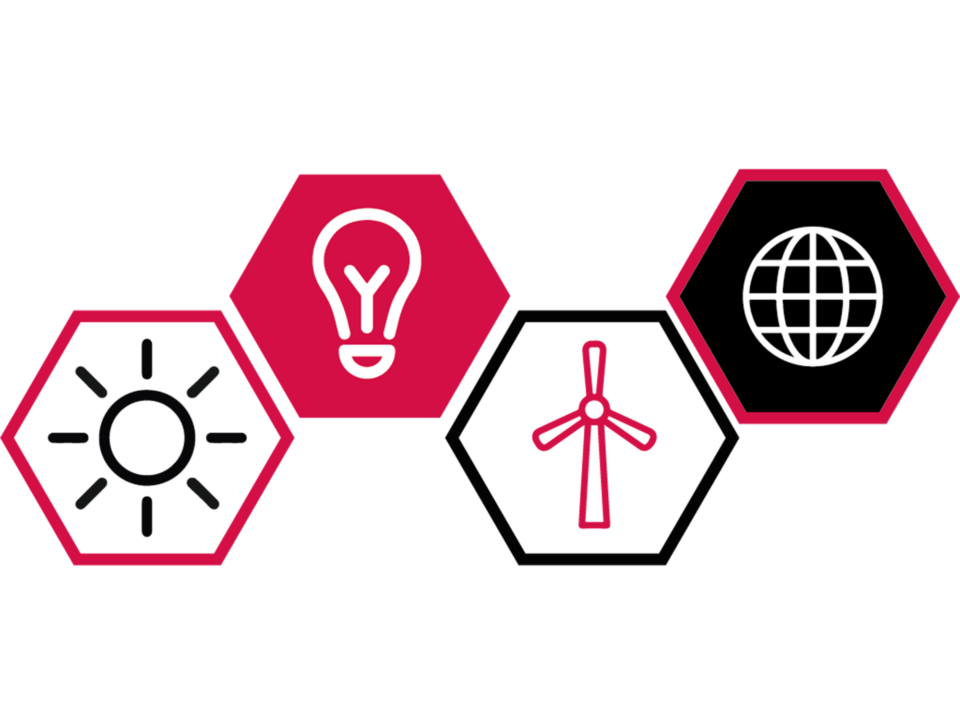
Policies for suburban and metropolitan green areas
26 June 2013
Regeneration strategies for historic centres: urban regreening
19 June 2017
Green Economy: social capital and inclusion
May 2017
As part of the new pact to jointly address the economic and ecological-climate crisis - contained in the "Global Green New Deal" Report of the Green Economy Programme launched by UNEP[1] in 2008 -, some basic principles are outlined on which to base common policies, actions and interventions, including: sustainability, equity, quality of life, respect for the limits imposed by nature, inclusion and participation, responsibility, resilience, efficiency and renewability, solidarity towards future generations.
Within the Fifth Edition of the States General of the Green Economy it was decided to dedicate a work table to the construction of a "Manifesto for architecture and urbanism”. The text "Architecture, city and territory towards the Green Economy"[2] fully expresses both the complexity of the debate - animated by researchers and experts - and the richness of the issues put in place.
Giovanni Cafiero represented Telos s.r.l. in the working group with Roberto Bologna, Alessandro Rogora and Mauro Annunziato on the theme "Safeguarding social capital and encouraging inclusion processes. Response to social emergencies, promotion of housing welfare and participation"[3]. He therefore contributed to the publication of the volume "Architecture, City and Territory towards the Green Economy" and participated in the presentation of the Manifesto of the Green Economy in the Spring Meeting "THE FUTURE CITY"[4].
The article "Safeguarding Social Capital and Encouraging Inclusion Processes" has the task of addressing the theme of social inclusion. As anticipated by Ronchi in the introduction to the volume, this theme arises as a necessary and urgent question for several reasons. In fact, he specifies that "our cities must become more inclusive", that is, they must somehow take on the challenges and effects that economic models present us, leveraging on a new alliance with the social resources on the territories, within the renewed and more profitable link between institutions and society. The article makes it explicit that not only the precarization of working forms and lifestyles, but also the environmental risks and social crises produced by wars and poverty have triggered new migratory flows, both economic and humanitarian. It also states that "the growth and development of countries, cities and territories that have to deal with the phenomenon of people displacement and a highly differentiated society represent a new challenge". This is why it is important that architecture and urbanism return to play their "original role of responding to the real primary needs of people" and that they regenerate "in the search for social benefit" to bring back their services of design thinking and implementation "to the majority of the world population who - for economic reasons - has always been excluded".
In this sense, the article continues, we must accept the demands of living in increasingly important groups of the population, including migrants, in order not to continue the dysfunctions of economic models that have produced inequality, segregation, marginalization. In this sense, strengthening social capital and cohesion, participation and shared decision-making would ensure a social integration - not at all "renouncing its own cultural identity and traditions, but rather ensuring equal access to resources". It is therefore clarified that "it is deeper the task that the modern paradigm of smart cities must fulfill, that is moving towards smarter cities, but also more inclusive ones". It is necessary to reactivate a sense of community, also investing more in the construction of urban habitats suitable for socialization and sharing, such as common spaces and places of aggregation properly furnished. In this way - both in the city centre and in the suburbs - the fruitive well-being and sociality would be encouraged.
The most considered contexts are certainly urban ones, very degraded in terms of quality and environment, but also "engines of the economy, as places of connection, creativity and innovation, services for the surrounding areas". These are the places where you can control environmental impacts, resource consumption, and where you connect environment, urban planning and governance processes.
The Manifesto, certainly, summarizes in a few points the richness of the contributions shared for its construction. It has the merit of putting, with the power of simplicity, important arguments to which to adhere and which identify the Green Economy as the necessary premise and basic choice to set every discourse on architecture and urbanism in cities. Ecological and climatic challenges thus become opportunities for the revitalisation and redevelopment of cities.
[1]United Nations Environment Programme
[2]Antonini E., Tucci F. (edited by), March 2017, "Architecture, city and territory towards the Green Economy. The setting up of a manifesto of the Green Economy for architecture and the city of the future", Edizioni Ambiente, Milan.
[3] Roberto Bologna, Alessandro Rogora, Giovanni Cafiero, with Mauro Annunziato, "SAFEGUARDING THE SHARE CAPITAL AND ENCOURAGING INCLUSION PROCESSES. Response to social emergencies, promotion of housing welfare and participation" in Antonini E., Tucci F. (edited by), March 2017, "Architecture, city and territory towards the Green Economy", Edizioni Ambiente, Milano.
[4] Spring Meeting "THE FUTURE CITY". Presentation of the Manifesto of the Green Economy for Architecture and Urbanism. Towards the States General of the Green Economy 2017. 5th April 2017 - Casa dell'Architettura, Piazza Manfredo Fanti n.47 – Rome




